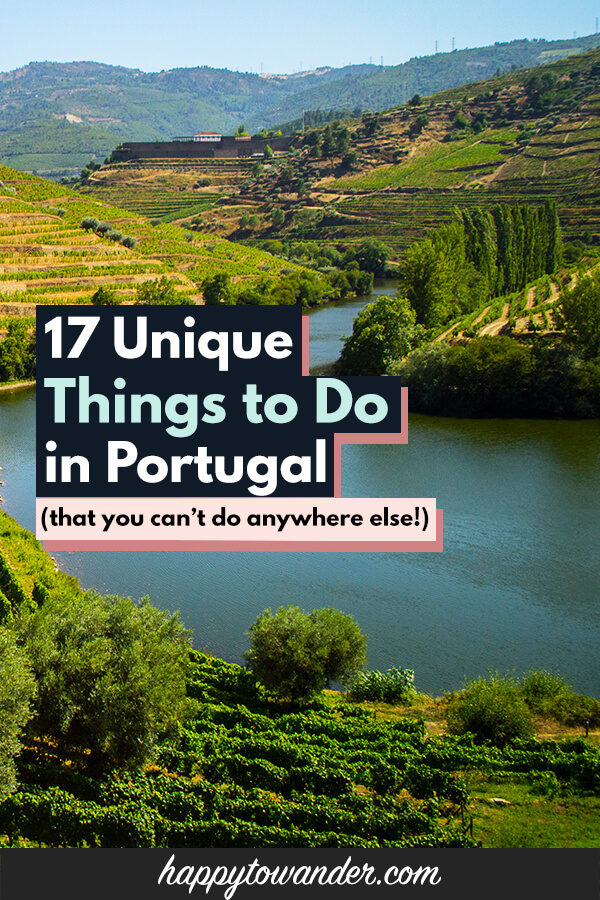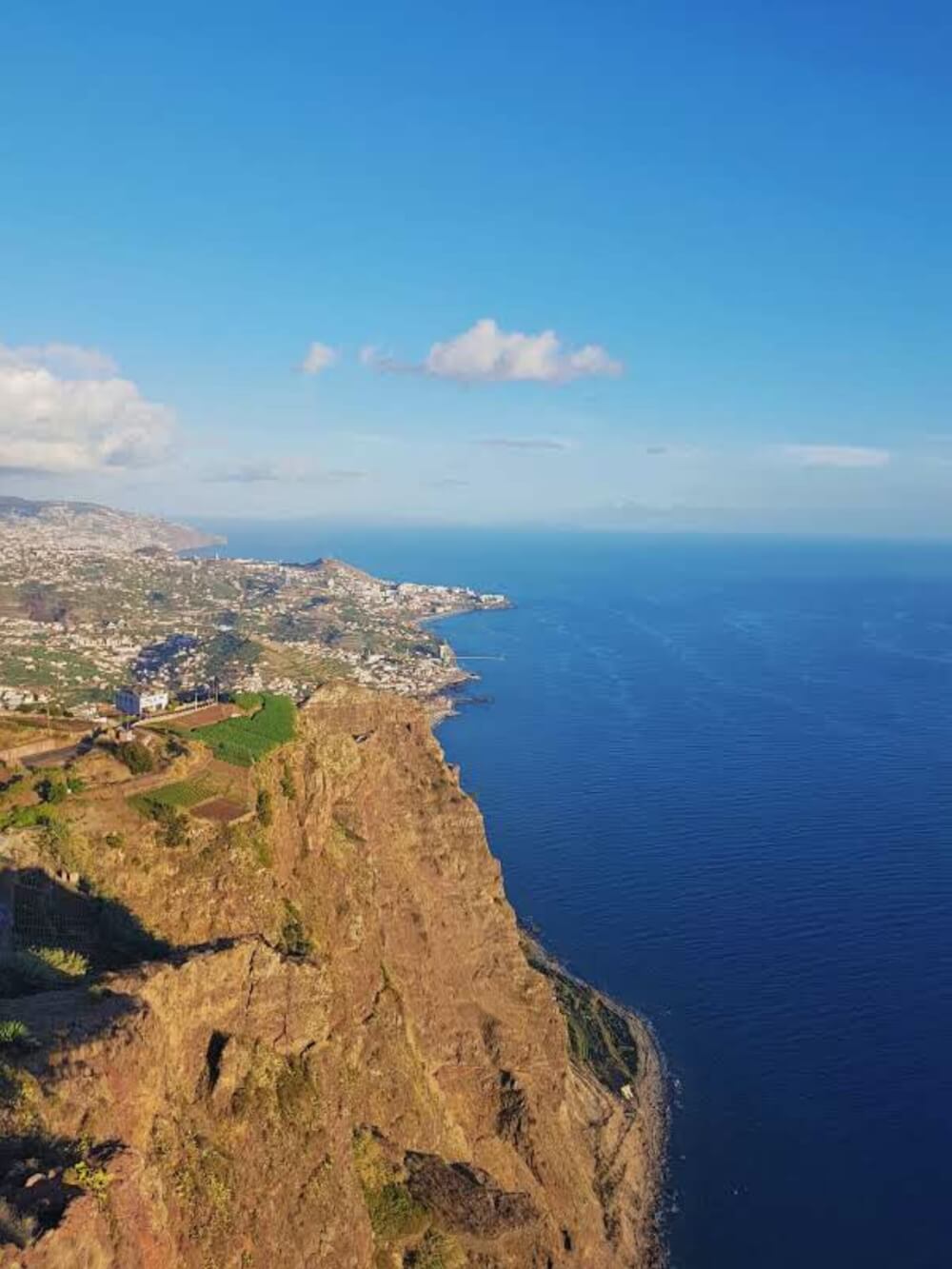*FYI - this post may contain affiliate links, which means we earn a commission at no extra cost to you if you purchase from them. Also, as an Amazon Associate I earn from qualifying purchases. Check out our Privacy Policy and Disclosure. for more info.
The following list of unique things to do in Portugal is brought to you by Sydney from Alone and Abroad, an American living abroad! Read on for some of her top Portugal must-dos.
Ahhhh Portugal. An absolutely gorgeous country, home to delicious pastries, stunning beaches, and these days, me!
I could go on and on about everything that makes my adoptive country unique. And today, I will!
For such a small country, there are a lot of things to do in Portugal that you literally can’t do anywhere else. From ancient bookstores to stunning McDonalds to viewpoints high above the clouds, here are a few of the best things to do in Portugal that can only be done here.
Let’s go!

1. Visit the World’s Oldest Bookstore
Livraria Bertrand in downtown Lisbon holds the prestigious title of being the oldest still-operating bookstore in the world! Visiting Bertrand is without a doubt, one of the top Portugal must sees for any book nerd’s first trip to the country, and one of the top things to do in Lisbon too.
There are dozens of franchises around Portugal, but the one in the Chiado neighborhood of Lisbon is the real deal.
Most of the books are in Portuguese, but they have a good-sized section of English books too. Plus, when you buy a book, you can ask to get it stamped saying that you bought it in the world’s oldest bookstore!
On Saturdays outside the shop, they hold an antique book fair where I’ve been lucky enough to find first editions, translated books, and vintage posters.
Get more Lisbon inspo in this 2 day Lisbon itinerary.

2. Surf the World’s Biggest Waves
The beaches in Nazaré are famous for their waves that regularly reach staggering heights. In 2020, a new record for the biggest wave ever surfed was set at 26.21 meters (86 feet)!
If you want to come see them for yourself, the biggest waves are usually between October and March. Even if you’re a novice, there are surf schools and Airbnb experiences offering surfing lessons, so you can safely check surfing the world’s most intense waves off your bucket list.
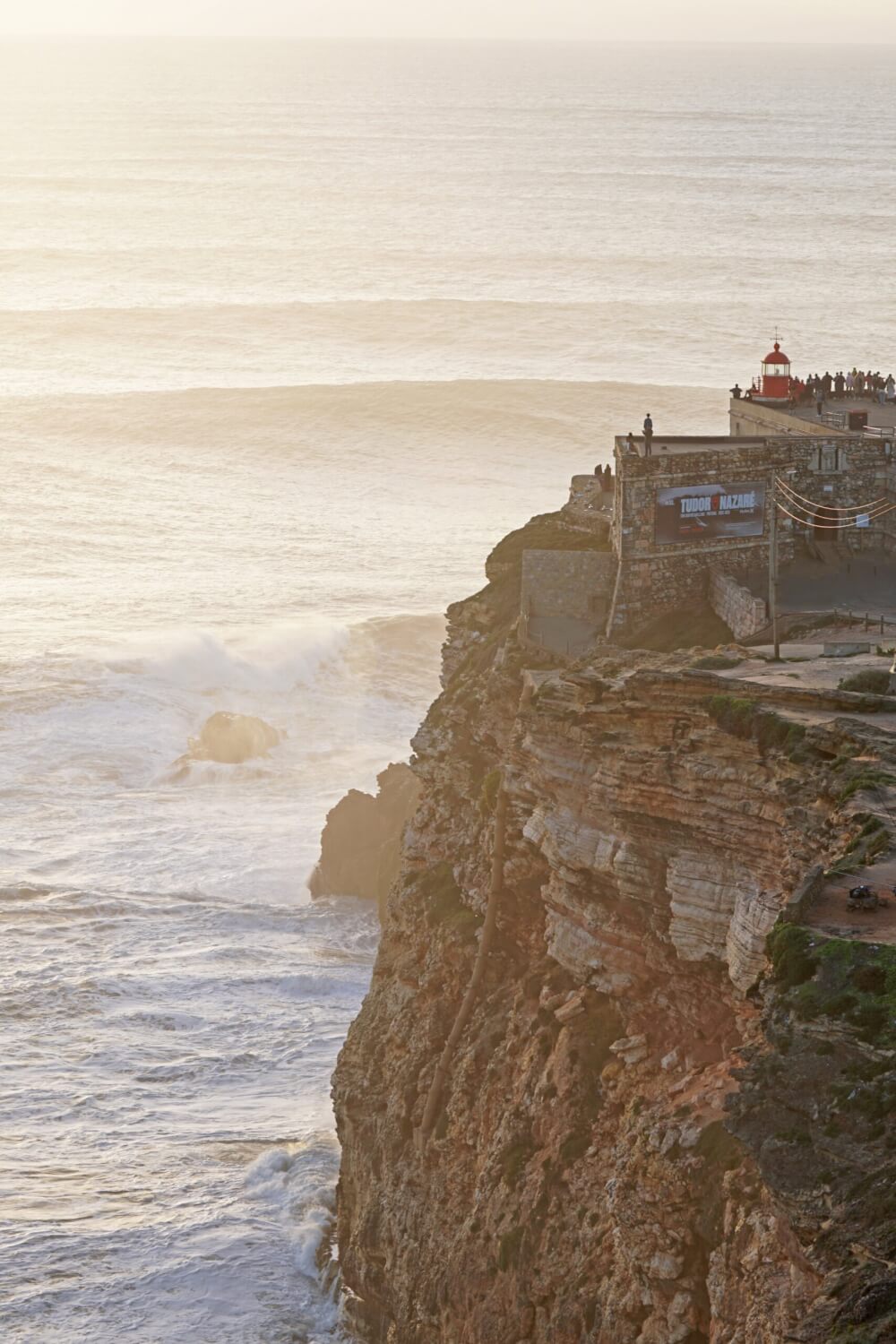
3. Try Pastel de Nata Where It was Invented
I’m incapable of writing an article about Portugal without mentioning this pastry, apparently. Pastel de nata is a small custard tart, sometimes (and controversially) topped with cinnamon and powdered sugar.
It all started in the 18th century when monks in the Jerónimos Monastery began selling them as a monastery fundraiser. Now, you can find them in bakeries all across the country!
On my first visit to Lisbon, I fell in love with these pastries – to the point where I ate almost a dozen in just one weekend! Where to find the best pastel de nata is also a very controversial question, but you could start your search at the original bakery, Pastéis de Belém, or at my favorite bakery, Manteigaria.

4. Learn About the Wildlife at Europe’s Largest Marine Reserve
The Selvagens Islands Nature Reserve, a 2,677 sq km (1,034 sq mi) area just outside of the Madeira archipelago, is Europe’s largest marine protected area. This volcanic island chain is home to dozens of rare species of birds, fauna, and fish – some of which only live on this island.
Currently, access is restricted to protect the wildlife. But much of the wildlife that thrives on Selvagens Island can also be found on Madeira. There, you can spot dolphins and whales, take a kayak tour, or explore the reefs by scuba diving.
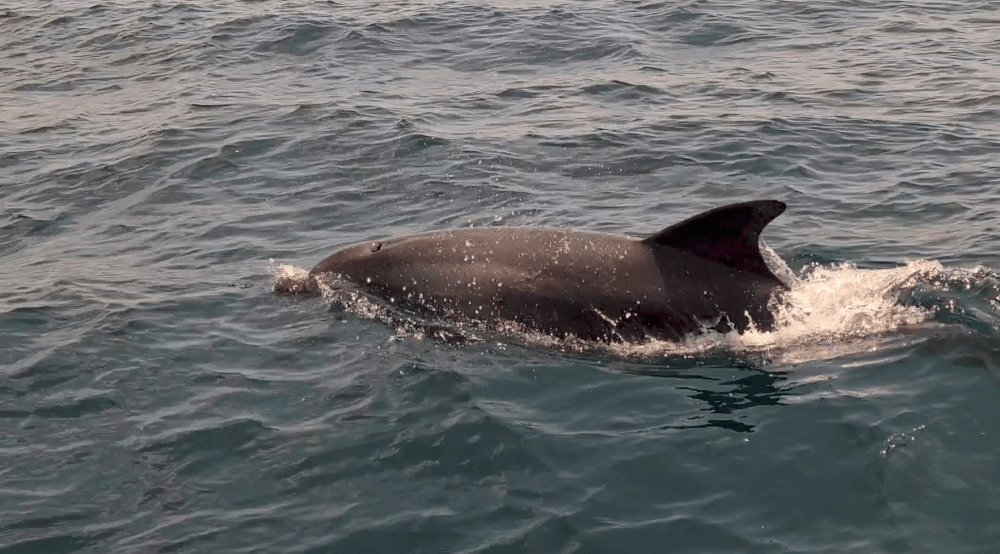
5. Visit DragonStone (or at Least Where it was Filmed in House of the Dragon!)
A small 13th-century village recently transformed into DragonStone in the Game of Thrones prequel, House of the Dragon. Monsanto, near the Portuguese-Spanish border, is a walled medieval town literally built into a mountain.
The cast had to make a daily hike to shoot their scenes, and producers had to helicopter in their equipment because the mountain was inaccessible by roads. But for the views Monsanto offers, I think it’s fair to say it was worth it.
Beyond the film set, Monsanto provides visitors with hiking opportunities, a medieval castle to explore, and restaurants built under granite boulders.

6. Try Port Wine Where it Was Invented
Port is a sweet, rich, and strong wine that originated in Porto. One of the things that makes it special is the brandy that is added to help preserve the wine.
It’s grown and produced in the Douro Valley and aged in the nearby city of Porto (my favorite Portuguese city). Here, brands like Taylors, Calem, and Sanderman have storehouses and – most importantly – tasting rooms. They’re all within close walking distance of each other, so you can go from storehouse to storehouse trying all Porto has to offer.
And while we’re talking about Port wine…
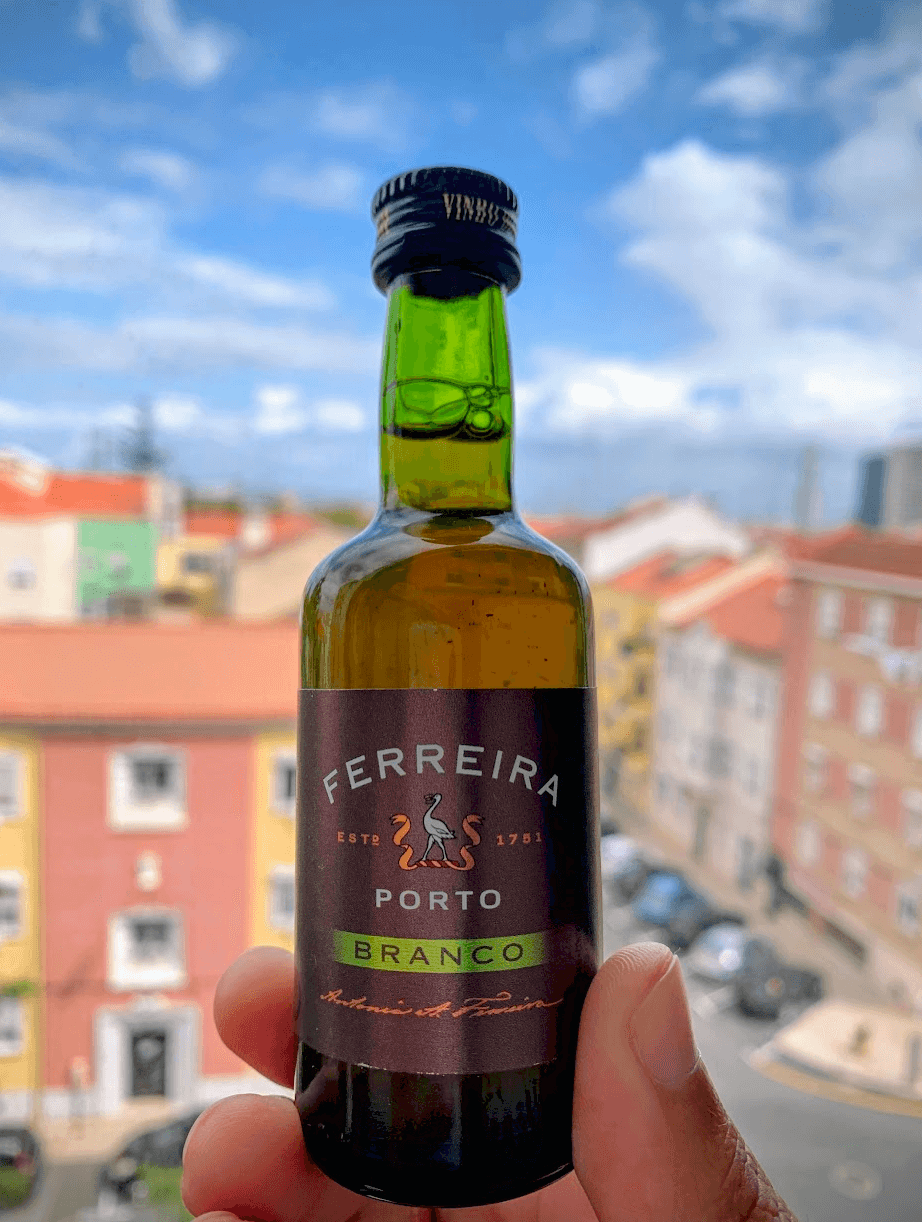
7. Drink in the World’s Oldest Wine Region
Just outside of Porto is the Douro Valley, the oldest wine region in the world. Just like champagne can only be produced in the Champagne region of France, port wine can only be produced in the Douro Valley.
After the grapes are harvested, many producers still crush them the old-fashioned way – by stomping on them. It’s partially for tradition, and partially because modern-day machines break the grape seeds, leaving the port overly bitter. This process takes a team of dozens, stomping around the clock over 3-4 days.
If you have to take a Douro Valley wine-tasting tour during harvesting season, some vineyards let visitors join in the fun.
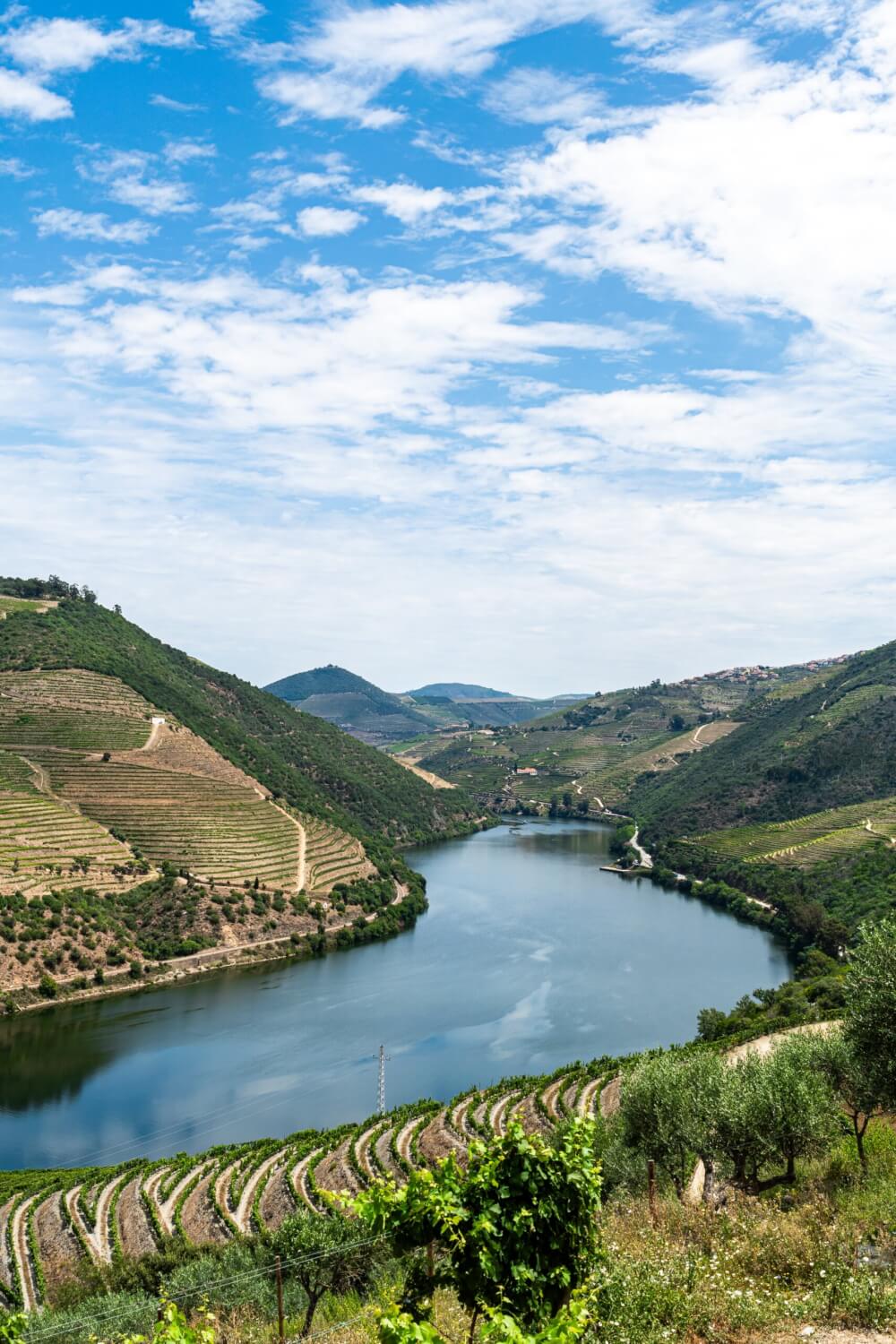
8. Visit the Westernmost Point of Continental Europe
45 minutes outside of Lisbon is Cabo da Roca, the westernmost point of continental Europe! A lighthouse and a plaque mark the cliff’s significance.
While there isn’t much to do here besides gaze out longingly at the horizon, Cabo da Roca is a short drive away from Sintra, a small city famous for its castles, and Cabo da Roca is an easy addition to a day trip there.
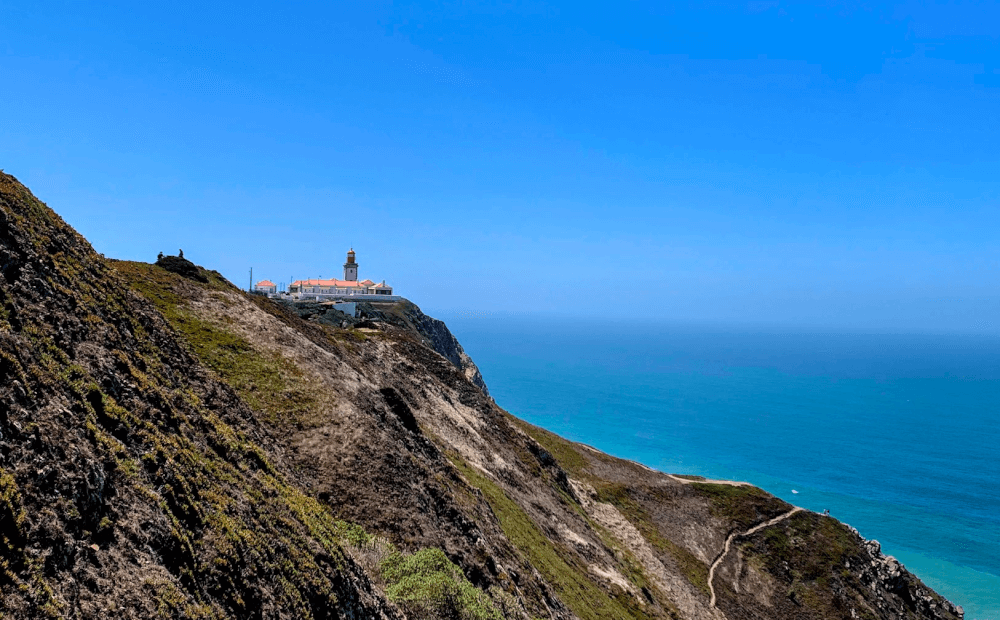
9. Or the Westernmost Point of All Europe
Even if we consider islands in our “westernmost part of Europe” calculation, Portugal still takes the cake. Flores Island (the Monchique Islet, more specifically) in the Azores, is as far west as you can venture while still being in Europe.
Flores is known for its waterfalls, lava caves, and natural pools. It’s so small it can be covered in a day, and canyoning, scuba diving, and hiking are popular ways to explore this island paradise.
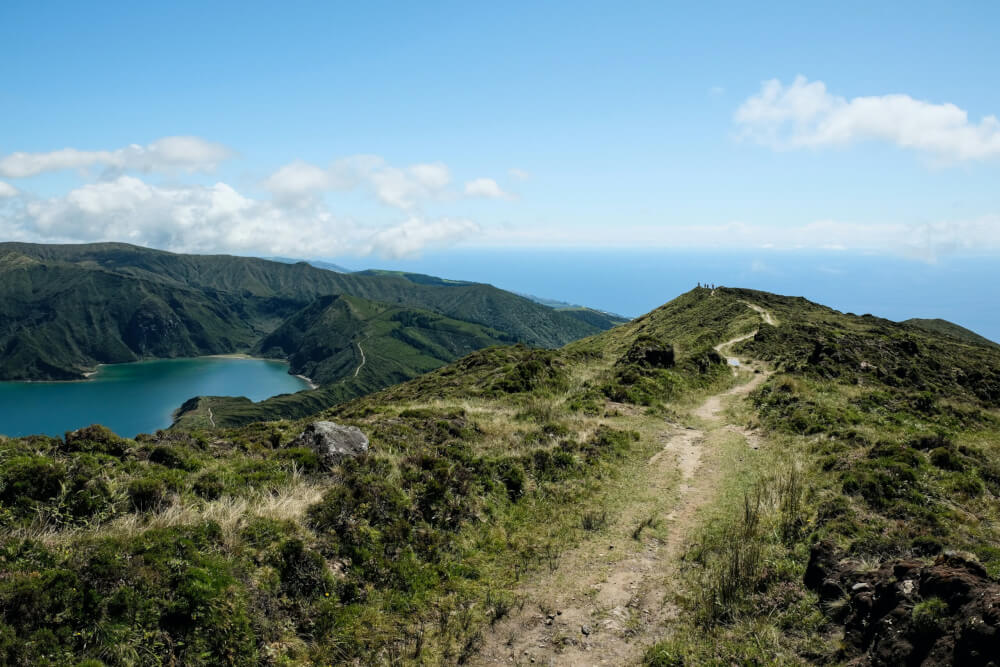
10. Visit the Birthplace of Cristiano Ronaldo
Cristiano Ronaldo, one of the most decorated football players alive today, is from Portugal. If you visit Funchal, his hometown, you can see the Cristiano Ronaldo museum and hotel along the waterfront. Here you can find all sorts of memorabilia; all of his trophies, signed souvenirs, and even a photo booth with a Ronaldo hologram.

11. Or the Birthplace of James Bond
Not many know that the world’s most famous spy was brought to life on the streets of Lisbon. The author of the James Bond series, Ian Fleming, was a British Intelligence Naval Officer who often stayed in Lisbon. Apparently, during his stay at the Palácio Estoril, he was inspired by the hotel guests to start writing about 007’s adventures.
The sixth film was even shot in Portugal, and during filming the main cast stayed at the Palácio Estoril Hotel. The hotel was featured prominently in the ‘69 movie, as well as Frontera Palace, the Arrábia coast, and the town of Cascais.

12. Stay at the World’s Biggest Literary Hotel
This next stop is one of the most unique things you could do in Portugal; visit the world’s biggest literary hotel. Every square inch of Literary Man – from the guest rooms to the restaurant to the gin bar is one colossal bookstore! Thousands of books are quite literally shoved into every single corner. Some of them are even free!
Even the food and drinks are literary themed- you can order an Ernest Hemingway or a William Faulkner in the hotel bar.
And why stop there? Literary Man is in the medieval city of Óbidos, which was dubbed the City of Literature by UNESCO. They’re known for creating bookstores in some pretty unusual locations: an abandoned church, a wine cellar, and even a puppet theater.
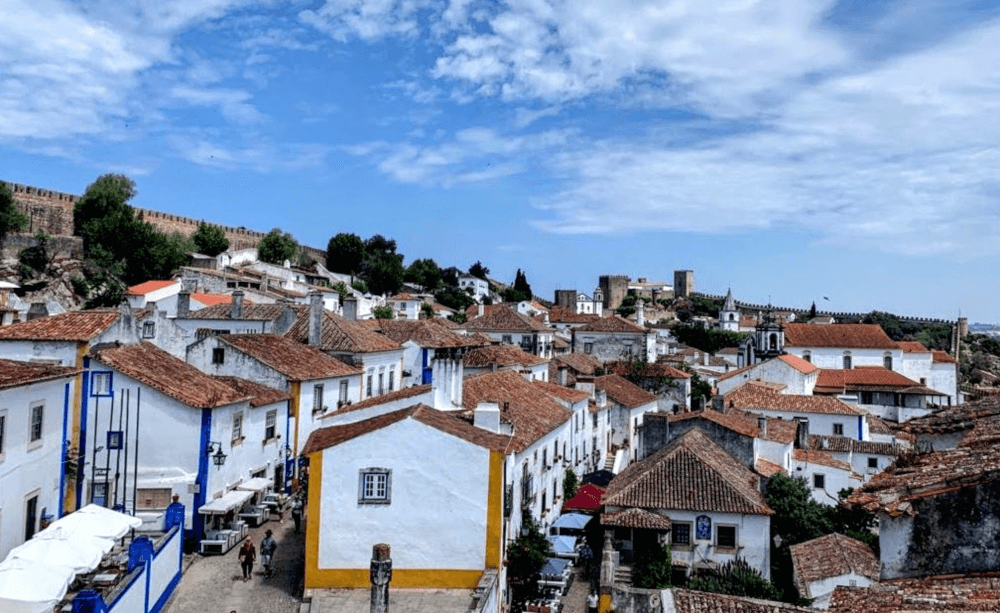
13. Travel Across the Longest Bridge in Europe
The Vasco da Gama Bridge in Lisbon is the longest in all of Europe. It stretches for over 17 kilometers (10 miles) and takes you into inland Portugal. It’s so large that on cloudy days, you can’t even see the other side.
On the Lisbon side of the bridge is Parque das Nações, one of the more modern neighborhoods in the city. Here’s where to find shopping centers, a developed riverfront park, and the Vasco da Gama Tower, the tallest building in Portugal.
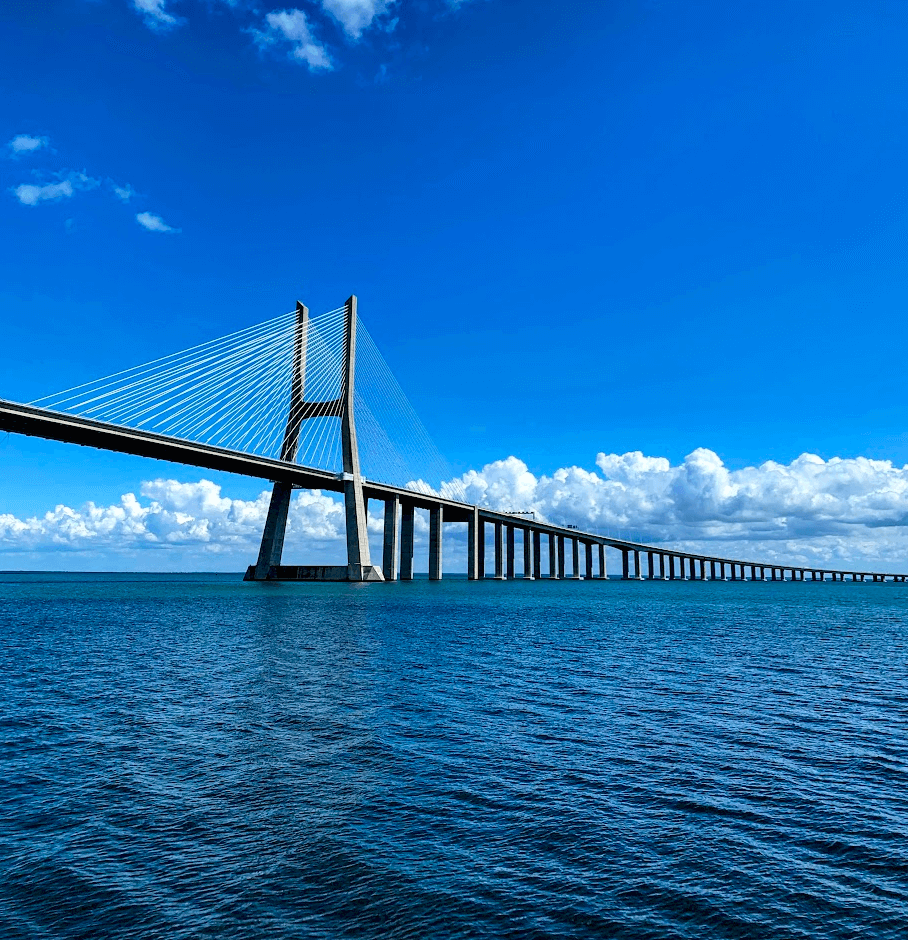
14. Don’t Look Down at the Highest Skywalk in Europe
If you’re in the mood for a Portugal attraction that’s downright terrifying, I have good news for you. Cabo Girão in Madeira is the tallest skywalk in Europe. If you’re unafraid of heights, you can venture down the glass skywalk and see the beach 580 meters (1246 feet) below you.
More intense thrill seekers can even paraglide off it.
15. Get a Big Mac at the World’s Prettiest McDonald’s
Subjective, I know. But, if Business Insider can make the ‘official’ declaration, so can I.
The McDonalds in Porto’s Liberty Square is nothing less than a work of art. It was once an upscale cafe, but when McDonald’s took over the space they decided to keep the original art deco stylings. Between the stained-glass windows, crystal chandeliers, and eagle statues, it’s far fancier than you’d expect any McDonalds to be.
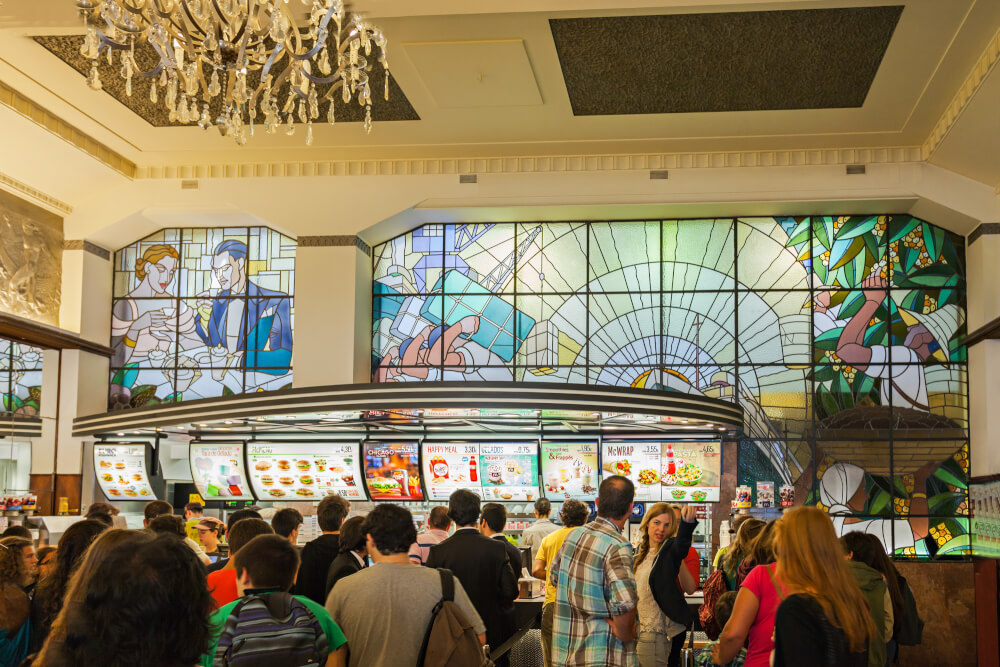
16. Zoom Through the World’s Most Unusual Commute
We’re back in Madeira to take the fast way down the mountain – riding in a traditional wicker toboggan. It’s a practice that started in the early 19th century before cars were invented and locals wanted to shorten their commutes. Taking this trip lets you zip down the mountain at 30km/hr!
17. Wander Around the World’s Biggest Cold Greenhouse
Finally, it’s time for one of my favorite under-the-radar Portugal tourist attractions. I didn’t know “cold greenhouses” – or Shade Houses, if you want to get technical – were a thing that existed until I heard about Estufa Fria in Lisbon.
If you’re looking for a more low-key place to visit in Portugal, this might be your spot. Tropical plants from all across the globe, lakes, turtles, hundreds of succulents, and even the occasional peacock can be found here.
The cold greenhouse was built in the early 1900s, and they’ve since expanded and tripled their space. There’s even one room that’s just for succulents. It takes hours to explore all the winding paths and hidden staircases.
Entrance is usually €3.25, but on Sunday mornings you can visit for free!

Do you know of anything else that you can only do in Portugal?
Let us know in the comments!

